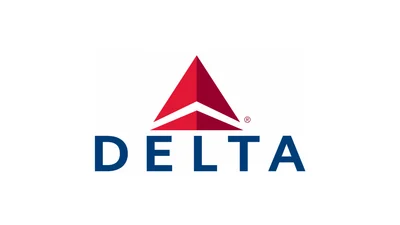With fewer new aircraft available, airlines are keeping widebody jets like the 747 in operation for longer periods. With proper maintenance, these planes can serve up to three decades and often log more than 100,000 flight hours. While passenger versions are now rare, cargo operators continue to depend on the jumbo’s payload capacity.
Another factor is Boeing’s strategic move with its last variant—the 747-8. As explained by Coby Explanes in his YouTube video: “by offering an updated jumbo, the US manufacturer ensured Airbus would face resistance just as it was trying to turn the A380 into a profitable product.” In the late 1990s, Boeing even approached Airbus about jointly studying a replacement for the aging 747 fleet. Although only two airlines initially showed interest and economic conditions worsened forecasts—especially in Asia—Airbus continued with its superjumbo plans while Boeing focused on developing more efficient models like the mid-sized Dreamliner (787) and committed to launching an updated jumbo jet.
The launch of both the A380 and Boeing’s new model happened in close succession; however, instead of leaving Airbus unchallenged in this segment—which could have made it easier for them to sell their double-decker—Boeing’s decision forced Airbus to invest heavily just to keep pace.
“Boeing probably knew the 747-8 would never be a bestseller,” notes Coby Explanes’ analysis. “But it did not need to be. For them, the strategic benefit was clear: even with limited sales, the -8 constrained the European manufacturer at a time when it most needed flexibility.”
While defending its position with both A380 and advancing development of its own long-range twinjet (A350), Airbus had little room left to respond directly to Boeing’s Dreamliner innovation—a gap reflected today by order numbers between competing models.
The impact of these strategies extends beyond passenger travel; cargo became one of Boeing’s defining strengths early on. The original freighter version joined Lufthansa in 1972 and subsequent variants improved range and efficiency further. The final model—the Boeing 747-8F—entered service optimized for freight with significant payload capacity improvements over previous generations.
Today more than one hundred examples remain active globally among operators such as Cargolux, Nippon Cargo Airlines, Cathay Pacific Cargo or UPS—with no serious competition from an equivalent Airbus freighter after cancellation of an intended A380 cargo version due mainly to concerns about practicality.
According to Cirium data reported by Simple Flying (https://simpleflying.com/boeing-747-freighter-flights-june-2024/), there were over 9,600 scheduled flights using this type just within June alone.
Overall there are still more than three hundred fifty active units across all configurations worldwide according ch-aviation figures cited by Simple Flying (https://simpleflying.com/boeing-747-active-airlines-june-2024/). Most remaining jumbos serve as freighters but Lufthansa remains notable among passenger carriers operating both -400s and newer -8s due partly strong transcontinental demand combined delayed new deliveries from manufacturers; Korean Air maintains similar policy while smaller fleets persist elsewhere under special circumstances such as sanctions or specific domestic needs.
Looking ahead however modern twin-engine widebodies like Boeing’s latest versions of their popular long-haul families or comparable offerings from Airbus are expected gradually replace remaining four-engine giants thanks superior fuel efficiency plus lower costs per seat mile—a trend underscored further by continuing delays yet eventual rollout planned soon for next-generation programs including larger variants like Boeing's forthcoming stretched model intended claim title world's longest passenger airplane once certified.
Despite changing market realities industry experts agree legacy left behind iconic jumbo cannot be overstated: “It was an engineering marvel that redefined what airlines and passengers expected from international aviation.” For many observers influence exerted during pivotal moments competitive landscape helped shape fortunes largest manufacturers well into present day.
 Alerts Sign-up
Alerts Sign-up




































